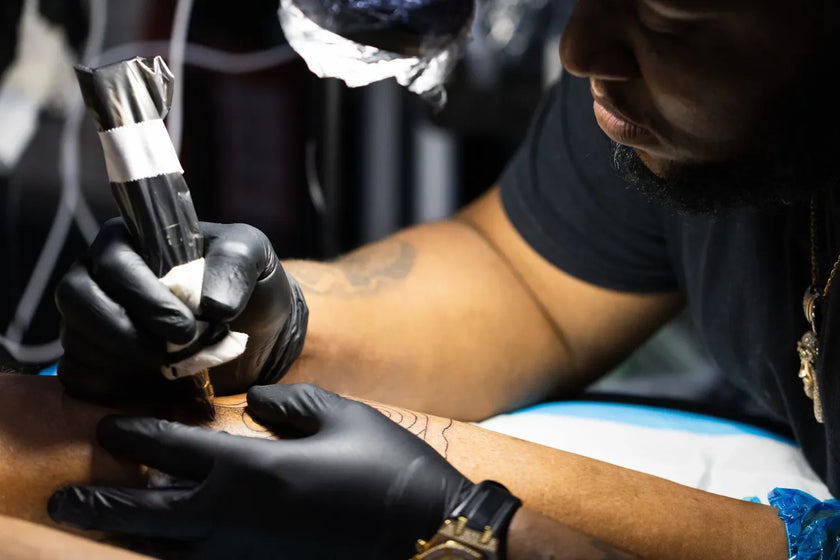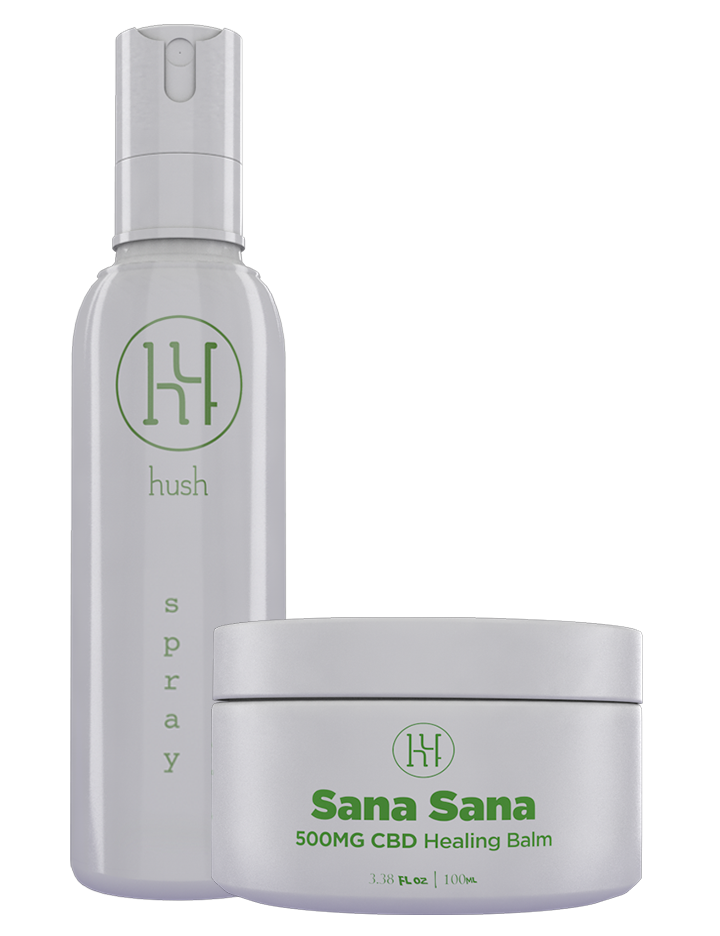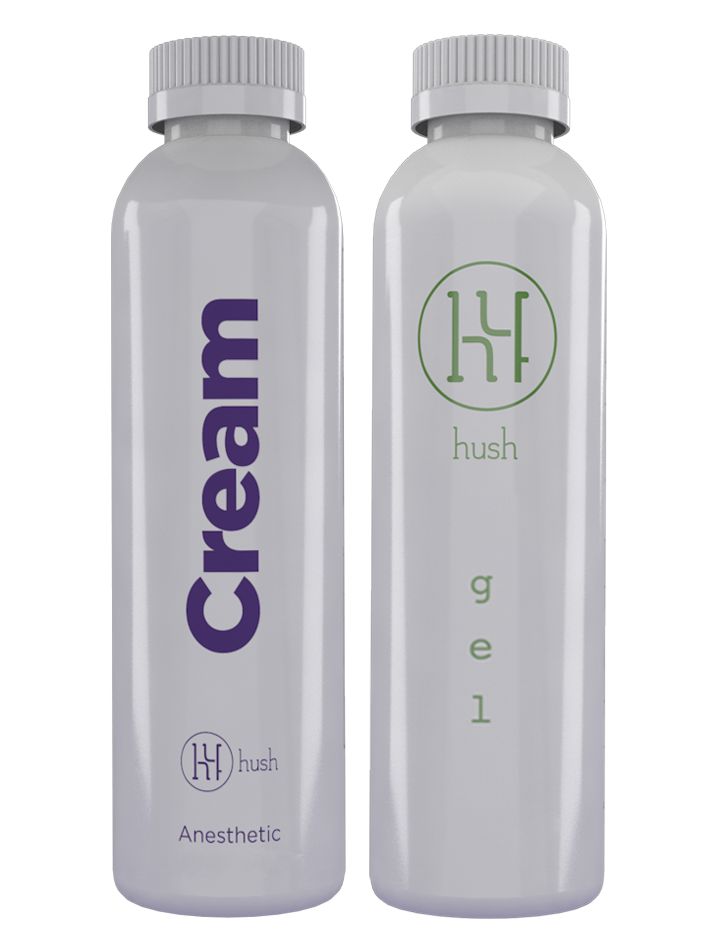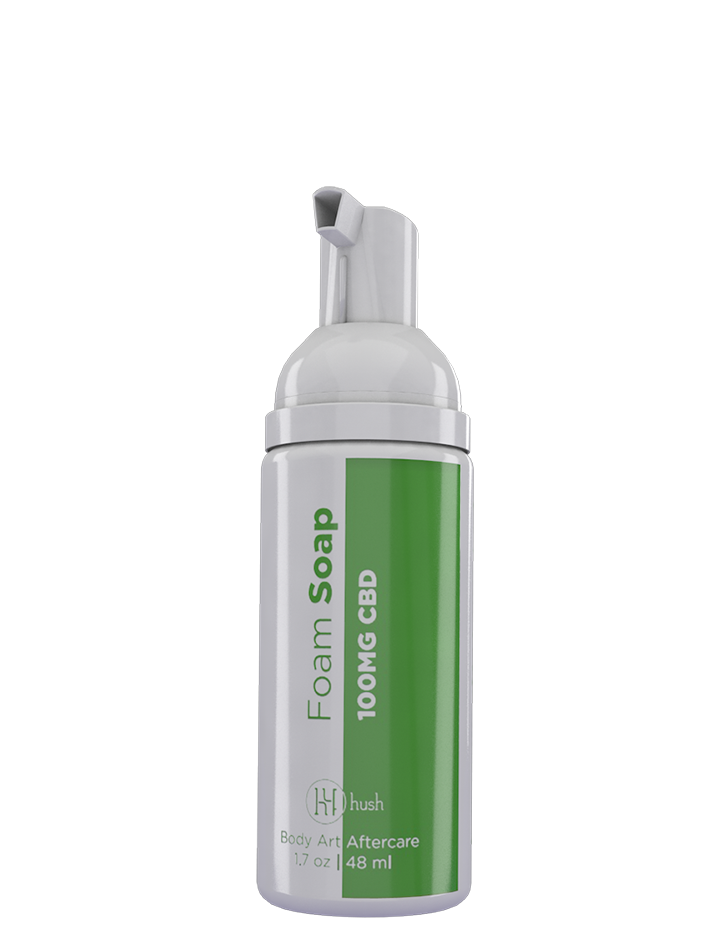Key Takeaways
- The wrist’s thin skin and bony surface make it more sensitive than fleshier areas.
- Smaller tattoos are quick and tolerable, while detailed shading can feel more intense.
- Improper aftercare can cause more discomfort than the tattoo itself.
You’re scrolling through tattoo inspiration, and those delicate wrist pieces keep catching your eye. A minimalist line drawing, a word that means everything, maybe a bold mandala wrapping the joint.
The wrist is one of the most popular placements for tattoos. It’s visible, versatile, and loaded with personal meaning. But here’s the question almost everyone asks before committing: Do wrist tattoos hurt?
The short answer: yes, but not in the same way for everyone. The long answer is more nuanced. Tattoo pain is personal. What feels like a sting to one person might feel like fire to another. Wrist tattoos come with their own quirks because of the anatomy, skin thickness, and nerves in that area.
Let’s break down the five main factors that determine the pain level of wrist tattoos, what you can expect during the session, and how to make the experience as comfortable as possible.
1. Anatomy of the Wrist
Your wrist isn’t cushioned like your thigh or upper arm. It’s a thin-skinned area where bones, veins, and tendons sit close to the surface. Less padding means you feel the needle’s vibration more directly.
-
Top of the wrist (outer side): The skin is thin, but pain tends to be moderate. Most people compare it to a sharp scratch or a hot cat’s tongue.
-
Inner wrist: A little more sensitive thanks to veins and nerve endings. The sensation can feel sharper or more like electrical zaps.
- Side of the wrist (near the bone): Usually the most uncomfortable spot, since the needle moves over bony ridges with little muscle or fat to buffer.
2. Size and Design
Pain intensity is directly tied to how long the needle is working in one spot. Small tattoos usually make for quick sessions, which can be tolerable for people who have never had a tattoo before.
Detailed designs require longer sessions, and shading or color packing can feel more abrasive than simple linework. Solid black fills or large blocks of color require multiple passes to saturate the skin, which can cause a deeper burning sensation.
Most wrist tattoos are relatively small. Even if they hurt, they’re usually over quickly.
3. Your Personal Pain Tolerance
Some people genuinely enjoy the sensation of tattooing. They describe it as a scratchy buzz or meditative hum. Others find even the lightest wrist tattoo intense. Your pain tolerance can be influenced by a bunch of things.
-
Experience level: Pain tolerance grows with exposure to pain. If you’ve sat through a rib or sternum tattoo, your wrist will feel like a breeze. First-timers might find it overwhelming at first.
-
Mood and stress: Anxiety can heighten pain perception. Going in calm and well rested makes a big difference.
- Menstrual cycle: For people who menstruate, tattoos can feel more painful during PMS or period days due to heightened sensitivity.
There's also some highly specific stuff. Did you break your wrist last year? Are you tattooing over a scar? Any unique circumstances in the area can also have an impact.
4. The Artist’s Technique
A skilled tattoo artist makes all the difference. If ink is placed at the correct depth in the dermis, pain is consistent but manageable. Too shallow or too deep? It hurts more and can lead to blowouts. Your pain should be mostly at the same level throughout the session if your artist is doing things right.
An artist who works confidently and steadily will often make the process easier to endure than one who hesitates or reworks lines excessively. Bedside manner matters in a tattoo artist. You should feel comfortable telling your artist if something feels weird, and they should be able to respond in a way that settles your nerves.
Factor 5: Aftercare and Healing
Sometimes, the healing process feels worse than the tattoo itself. Wrist tattoos can sting, itch, or swell in the days after because the area is constantly moving and rubbing against sleeves or jewelry.
Improper aftercare can make this discomfort worse. If the tattoo scabs too thickly or dries out, it may crack, prolong healing, and leave patchy, faded spots.
The pain of healing is manageable with the right steps, but don’t underestimate how much your daily activities can change things. Typing, driving, and even washing your hands can irritate a healing wrist tattoo. Grab a HUSH tattoo aftercare kit to make the process easier.
Do Wrist Tattoos Have to Hurt?
Nope! Nothing has to hurt. Do you want to know how to make tattoos less painful? If you prep your wrist with HUSH tattoo numbing cream about an hour before your appointment, wrap it in plastic, and keep it on until you get there, you’ll have a nice numb canvas. All you need to do is wipe away the excess cream, and your artist can start the prep work.
Nothing eliminates pain entirely, but HUSH tattoo numbing cream can turn the dial down to a dull roar. Since wrist tattoos are usually pretty small, it’s highly unlikely that the numbing effects will wear off before your session ends.
FAQs
Are wrist tattoos the most painful?
Not usually. They’re more uncomfortable than arms or thighs, but less brutal than ribs, sternum, or feet.
Do wrist tattoos fade faster?
They can. The wrist is exposed to sunlight and friction, so long-term maintenance with sunscreen and moisturizer is essential.
Can I wear a watch after getting a wrist tattoo?
Not until it’s fully healed. Watches and bracelets can rub, irritate, and slow the healing process.
The Bottom Line on Wrist Tattoos
So, do wrist tattoos hurt? Yes, but not unbearably, and usually not for long. The sensation is sharp, sometimes stingy, and often more annoying than excruciating. If you're not into the pain, you don't have to deal with it. HUSH is here to keep you comfy during your session.
Sources:
Anatomy of the Hand & Wrist: Bones, Muscles & Ligaments
Pain perception across the menstrual cycle phases in women with chronic pain | PubMed




